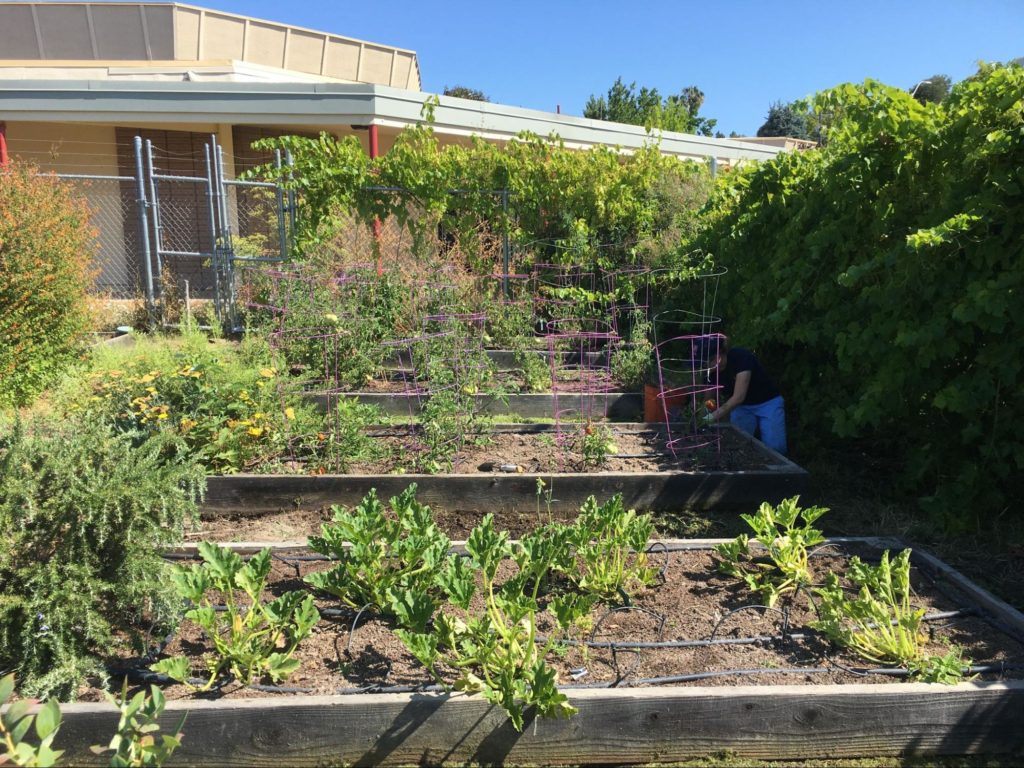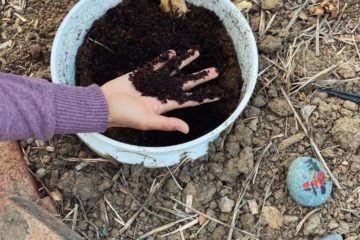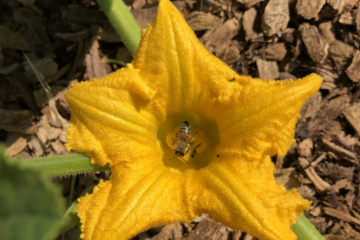Written by Anika Marino, Content Management Intern
Fall is a season of transition for home gardens, for taking stock of plants and planning for the next year.
Steps you can take to prepare for the new year:
An important part of the fall season is weeding and checking for diseased plants. Any plants that are infected or diseased should be removed, and should not be composted.
Spring bulbs, garlic, and winter crops should be planted. Winter crops should be covered after planting. Ornamental trees and fruit trees can also be planted in the fall.
Seeds from previous crops can be dried for use the next year.
Fertilizing can be done for the soil, and mulching can be done as well. Fertilizer for trees and shrubs should be done in mid to late September.
Delicate plants, such as herbs, should be brought indoors in preparation for the harsh weather. Summer fruit trees’ pruning can also be done in the fall. Lavender should also be pruned in the fall, after the flowers fade.
Raspberries can continue to be harvested until the first frost of the season, and apples and pears are ready to be harvested starting in August.

Sources:
Akeroyd, Simon; Allaway, Zia; Caldon, Helena; Cox, Martyn; Hardy, Jenny. The Complete Gardener’s Guide, First American Edition. DK Publishing, 2011.
10 Fall Gardening Tips For A Productive Garden Next Year — The House and Homestead
Fall Gardening Tips — The Morton Arboretum
Fall Garden Maintenance: Autumn Garden Ideas And Tips — Bonnie L. Grant, Gardening Know How



0 Comments